The Moto Tag is pretty neat, but it doesn't bring anything new to the table
Motorola is exploring a new territory with the Moto Tag, but it's not exactly innovating the segment itself.
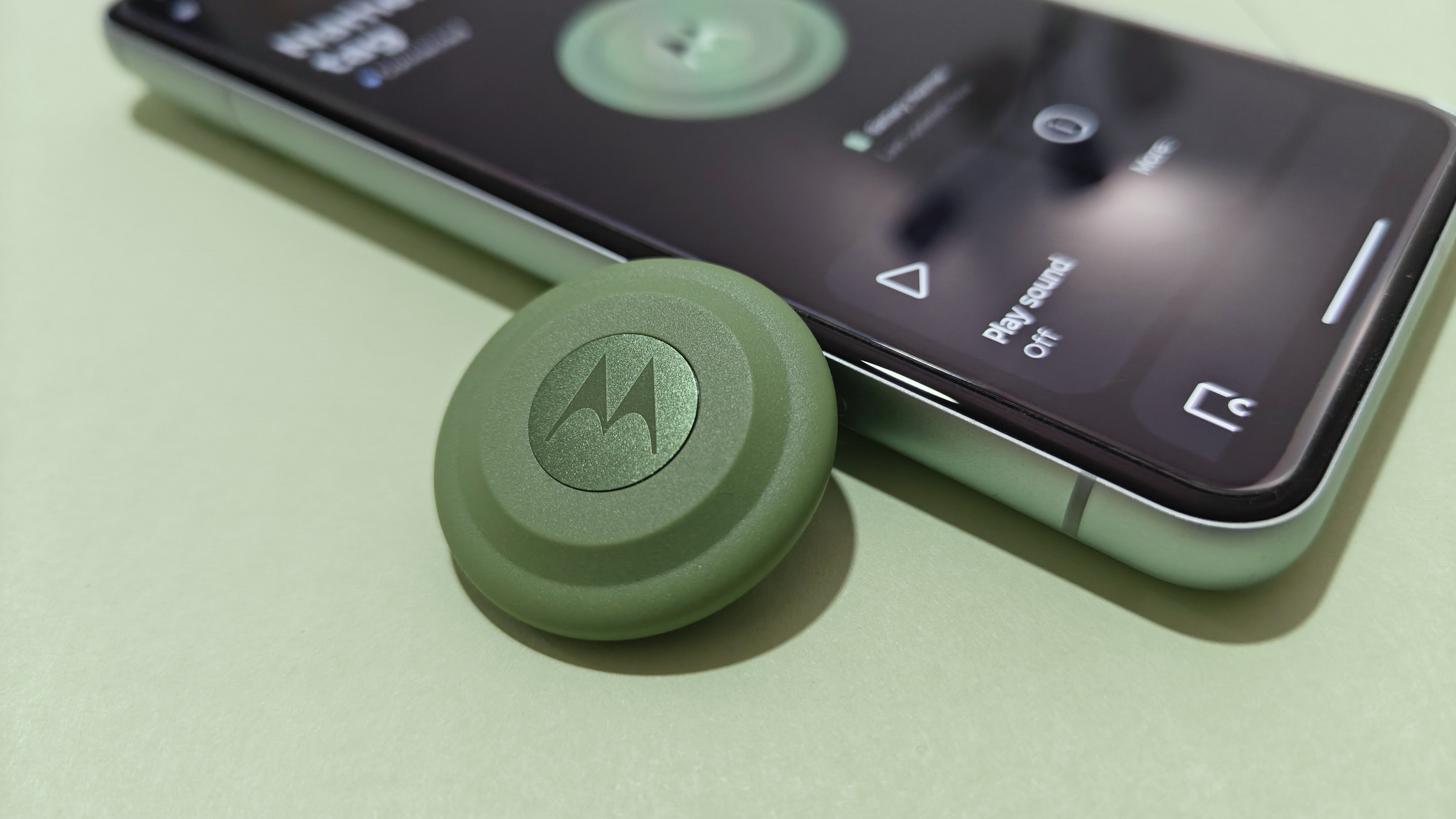
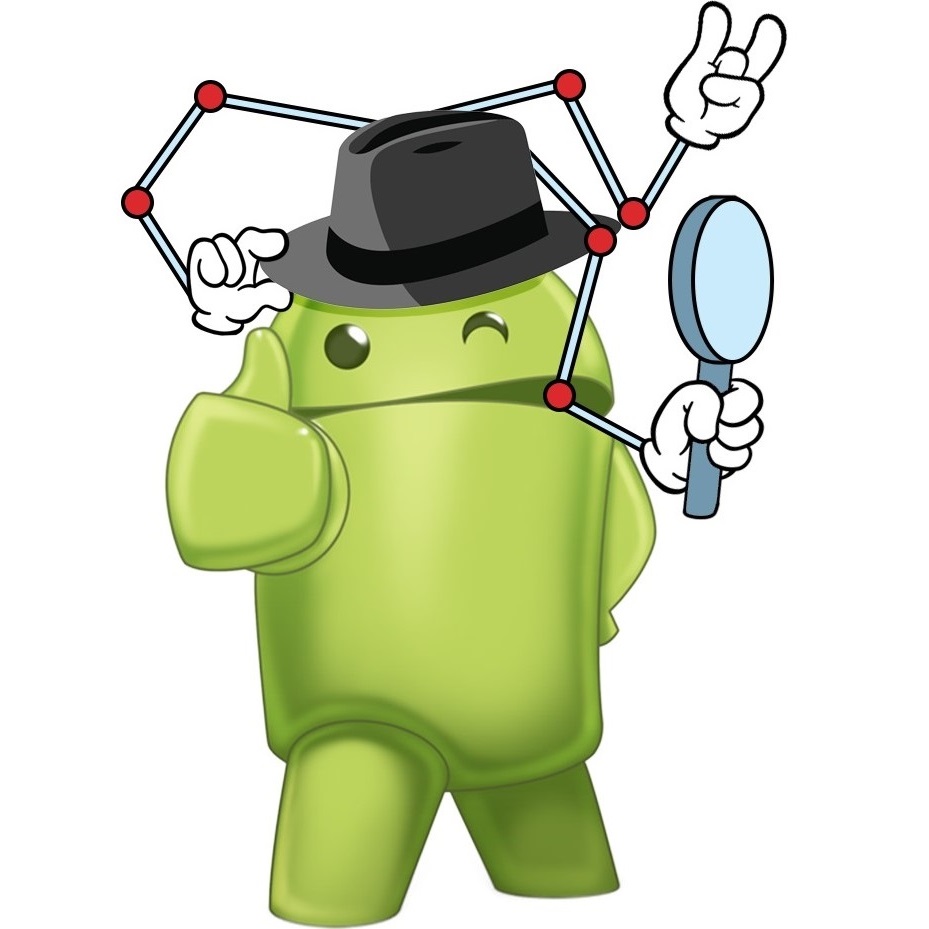
Join Namerah Saud Fatmi as she explores the cool, quirky, and sometimes downright odd world of smartphone accessories, gadgets, and other nerdy toys every week.
Motorola launched the Moto Tag at the tail end of June 2024, and sales went live about a month ago. I put it to the test as soon as I got my hands on the Bluetooth tracker, which was about one and a half weeks ago.
I have tested literally all of the best Bluetooth trackers available to buy today, so I just had to test the Moto Tag. I'm not going to lie though, it was pretty underwhelming at first. The most interesting part of a Bluetooth tracker, beyond its ability to track, is the extra bits. Motorola didn't advertise anything that I hadn't already seen in other trackers, so I was worried.
Every other tracker from Tile, Pebblebee, Samsung, and Chipolo can track your stuff when within range. They all cost roughly the same, priced between $20 to $30. The key factors that differ are the battery replaceability, the Bluetooth range, the IP rating, the loudness of the ringer, the form factor, and, of course, support for Android and iOS. The Moto Tag gets a lot right, but unfortunately, it fails to innovate and isn't good enough to beat the best from Tile or Pebblebee. You'll understand why in a bit.

With the Moto Tag, it's all about the design at first glance. It is very stylish and comes in two colors: Starlight Blue and Sage Green. Unlike most other brands, you don't have black-and-white color variants to choose from. This circular disc is small and almost exactly the same size as the Apple AirTag, measuring 32mm x 32mm x 8mm, similar to the AirTag's 31.9mm x 31.9mm x 8mm dimensions.

Something that's different and somewhat questionable about the Moto Tag is the lack of a keyring hole. I believe this was intentional because all Apple AirTag accessories, like keyring holders, fit the Moto Tag, which is a pretty significant benefit. Oddly enough, Motorola doesn't sell its own Tag holders, so you're forced to purchase third-party accessories made for the AirTag. That's already extra money you need to spend just to be able to use the tracker for most use cases. In contrast, competitors like the Tile Pro and Pebblebee Clip come with a keyring hole.

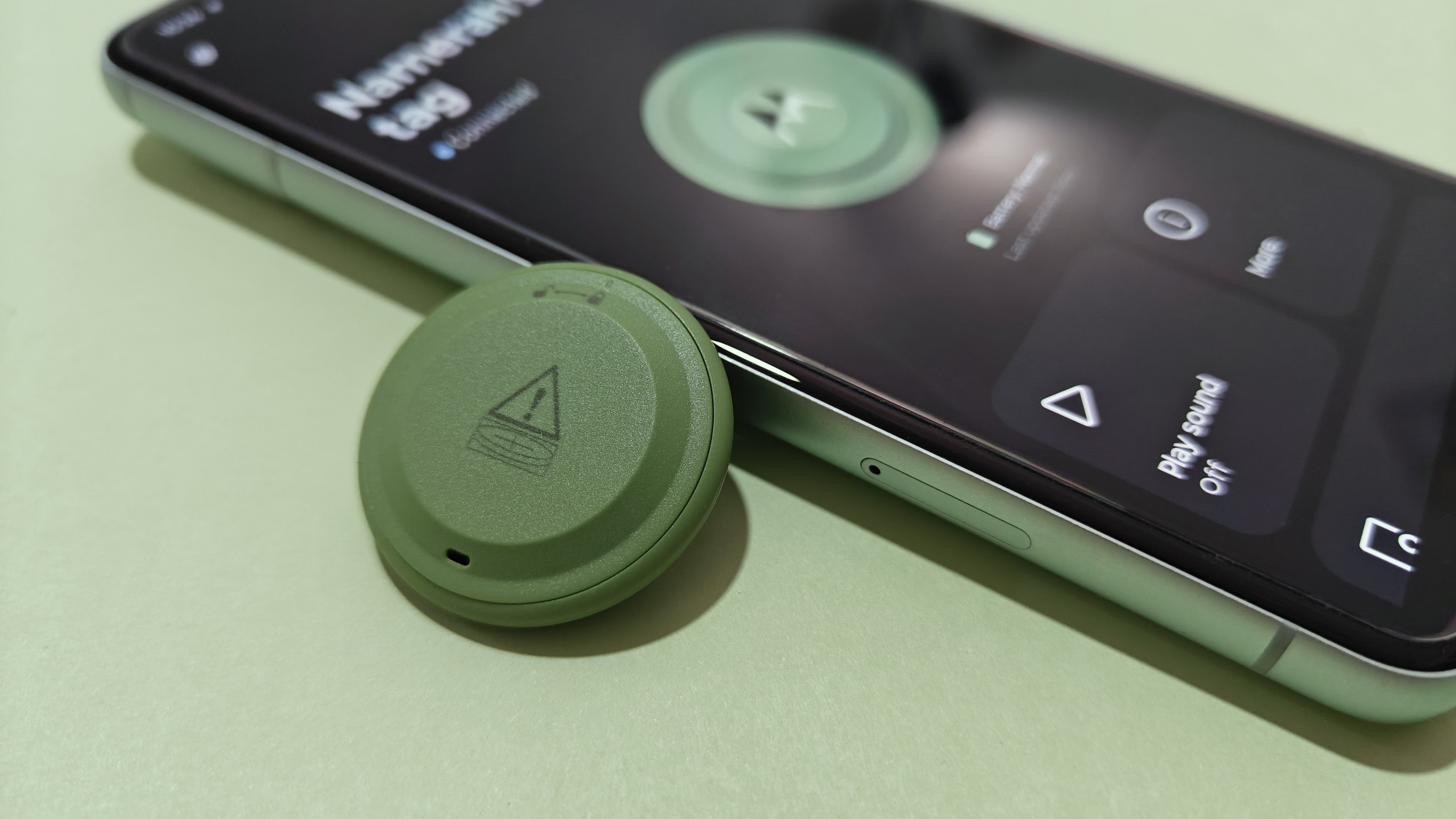
Once you're done ogling the beautiful but impractically made Moto Tag, you can go ahead and set it up. I did this twice, once on a OnePlus 12R and the second time on a Pixel 8 for testing purposes. Since the Tag is compatible with the Google Find My Device network, it sets up in a matter of seconds. What's not so breezy is the resetting process, something I never struggled with before on trackers from Tile, Chipolo, or Pebblebee.
The Moto Tag has a big button in the center. All trackers have this so you can locate your phone, as does the Moto Tag, or use extra features. If you have a Motorola phone, this button can allow you to remotely click pictures on your camera app. But you can also use this button to factory reset the Tag. Unfortunately, the button on the Moto Tag is not very tactile, and it's very hard to press. The click isn't audible, and there's hardly any tactile feedback, so sometimes you can't even tell if the button was pressed or not.
Get the latest news from Android Central, your trusted companion in the world of Android
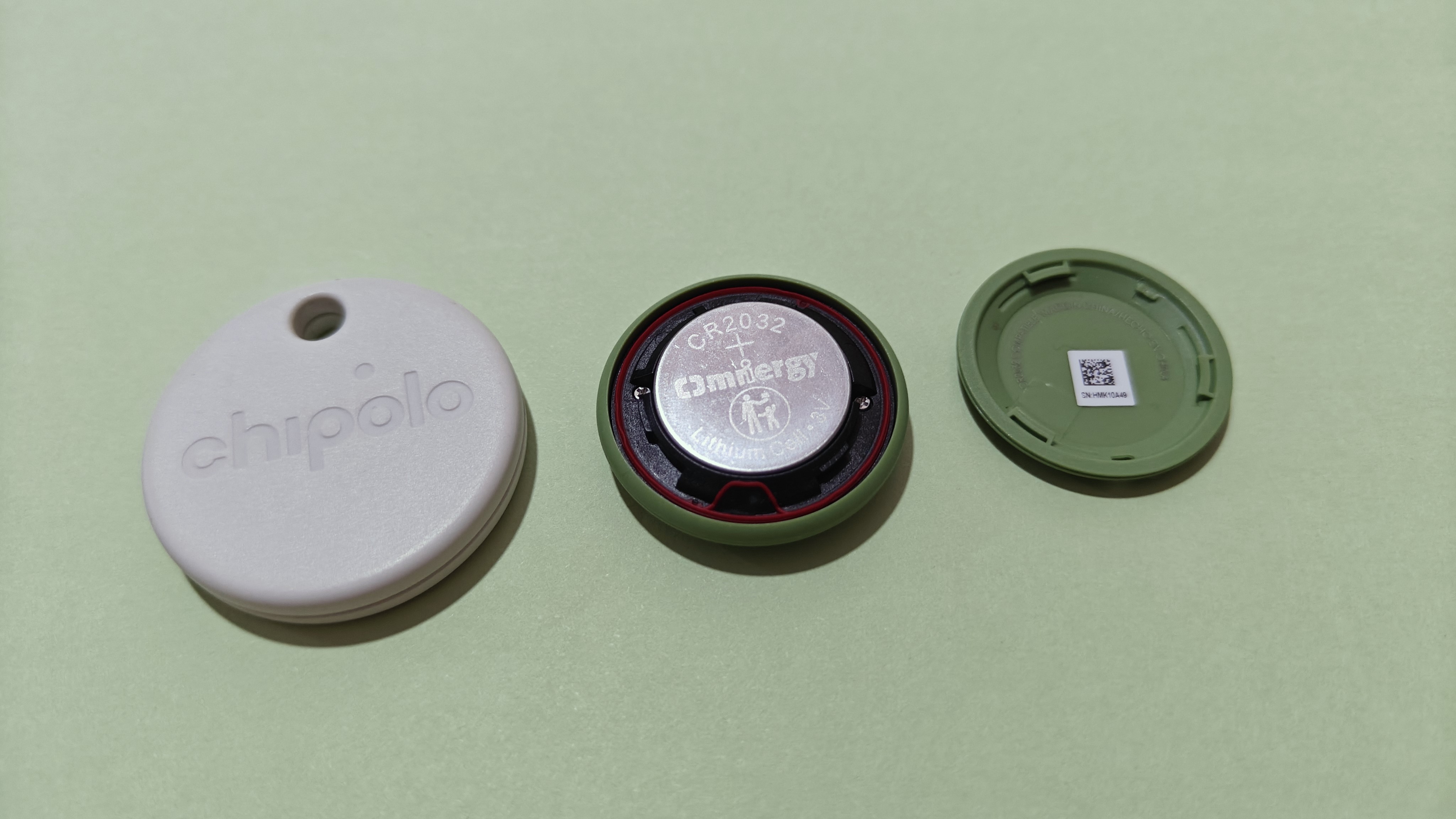
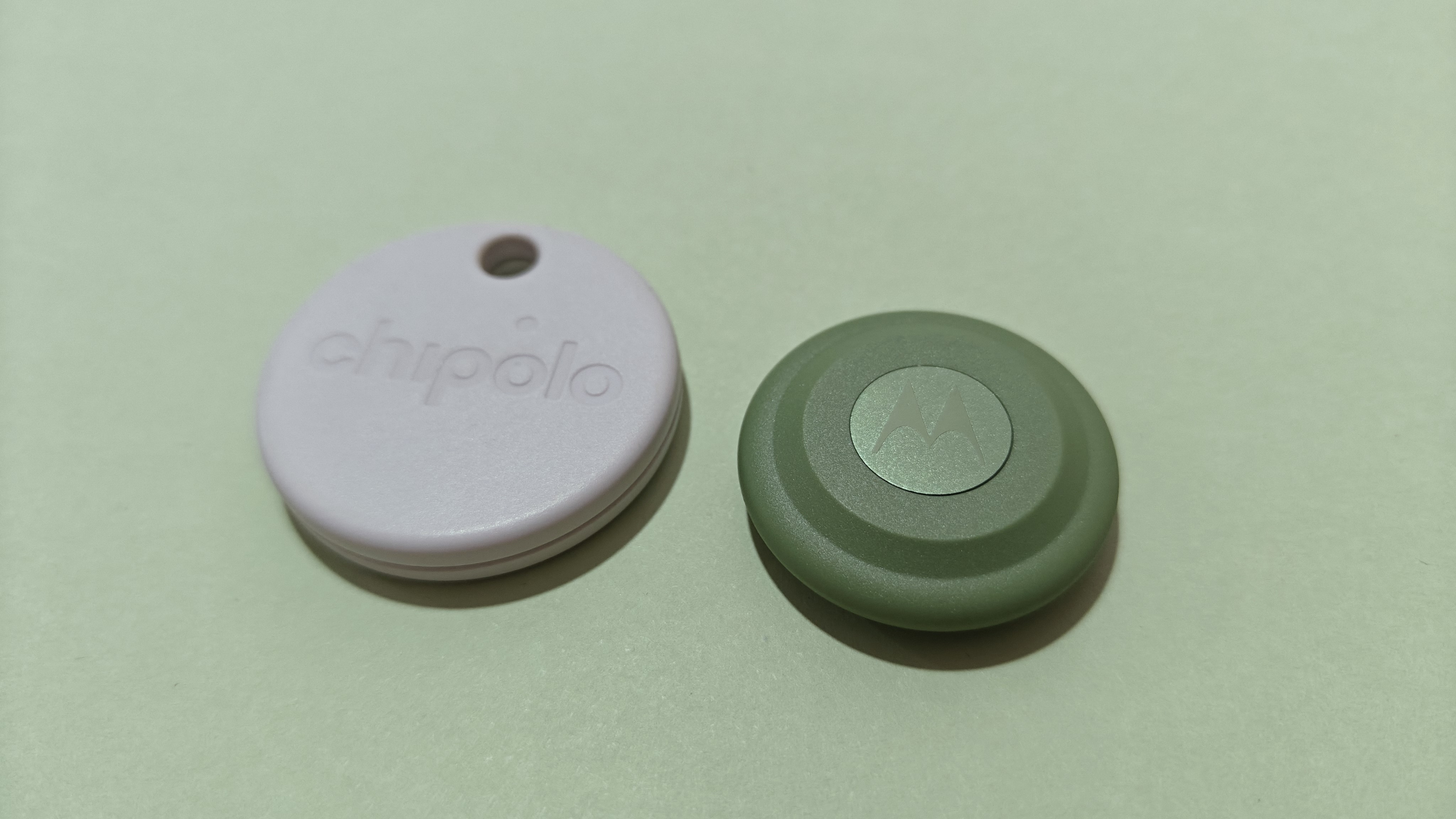
Much like the Tile Pro, the Moto Tag has a replaceable CR2032 battery, which should last for about a year. The Pebblebee Clip has a USB-C port built-in, which is even more user-friendly and sustainable. Unlike the Pebblebee Clip's IPX6 waterproofing, the Moto Tag sports a robust IP67 water and dust-resistant rating, and you can customize the loudness of the ringer through the companion app. Unlike Tile or Chipolo, you can't change the ringtone itself, though.
I have tested all the newest trackers from Chipolo, Tile, and Pebblebee, so I can confidently say that the Moto Tag isn't the loudest tracker around. Chipolo and Tile dominate that arena. Both Pebblebee and Motorola's trackers sound roughly the same in terms of loudness.
As for the Bluetooth range, the Moto Tag has one of 100m, which is really good and better than the Tile Mate's 76m and Chipolo One's 60m ranges. The Pebblebee Clip beats everyone with its 152m range, with the Tile Pro coming in second with a 121m range. On top of that, phones with UWB (ultra-wide bandwidth) get even more precise location-finding features. This is similar to the Galaxy SmartTag, but that only works with Samsung's UWB-compatible phones.
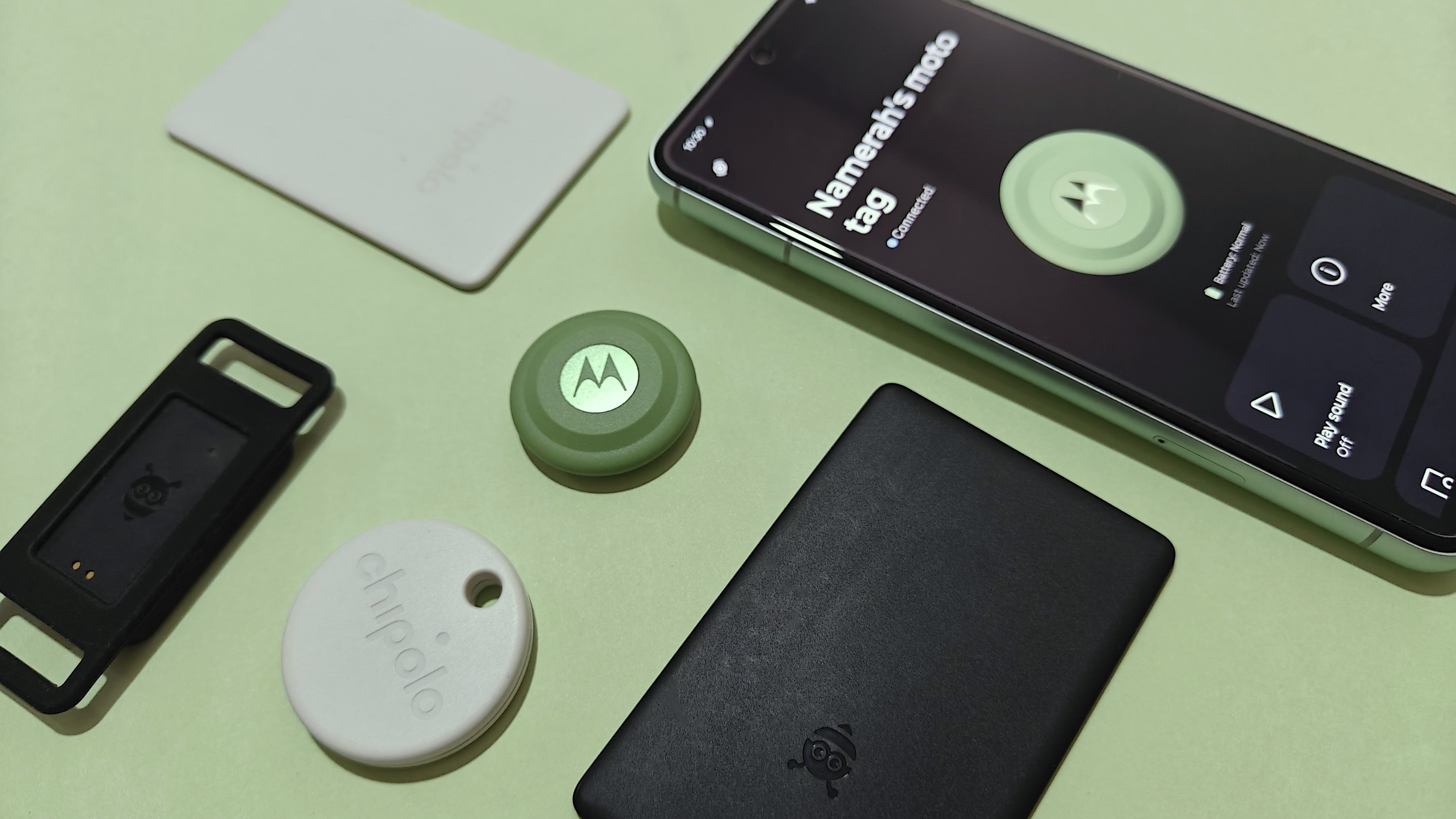
Much like most other Bluetooth trackers, the Moto Tag works with both Android and iOS. However, it does not work with Apple's Find My Device network. On the other hand, the Pebblebee Clip gives you two variants, one with the option to use Apple's network and the other with Google's networks. Meanwhile, Tile enables universal support for Android and iOS with its trackers but you don't get Google Find My Device support.
To summarize. the Moto Tag costs $29.99, which is roughly the same as every other decent Bluetooth tracker. While the Moto Tag offers one or two bonus features, these are limited to Motorola devices or phones with UWB. You only benefit if you have either one of those or you care about the additional dust resistance.
Motorola didn't really do anything new or different, so it's not good enough for anyone to want to choose it over more well-known players in the game. A very small segment of users will benefit from the Moto Tag's extra features. Everyone else will probably just get something from Tile or Pebblebee. And why shouldn't they?

Not good enough
The Moto Tag looks really nice, and it has all the usual run-of-the-mill features that other trackers do. However, the lack of novelty makes it hard for Motorola to stand out and differentiate as a Bluetooth tracker worth buying — for non-Motorola users at any rate.

Namerah enjoys geeking out over accessories, gadgets, and all sorts of smart tech. She spends her time guzzling coffee, writing, casual gaming, and cuddling with her furry best friends. Find her on Twitter @NamerahS.
You must confirm your public display name before commenting
Please logout and then login again, you will then be prompted to enter your display name.
